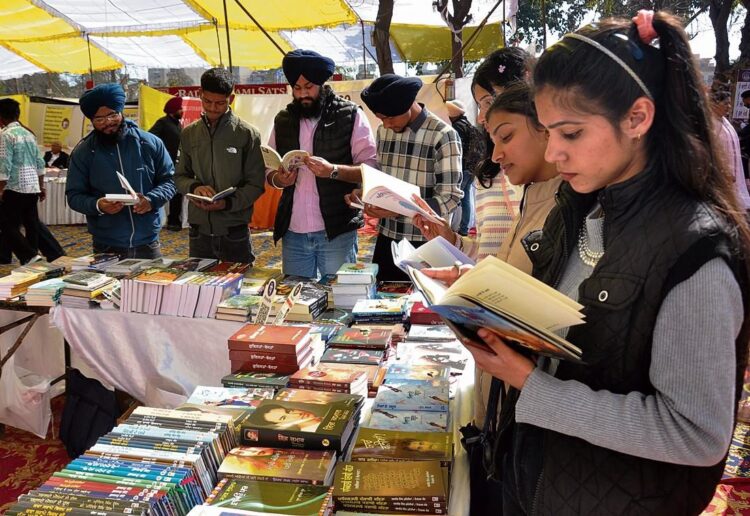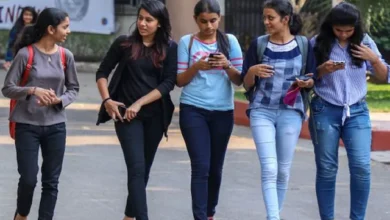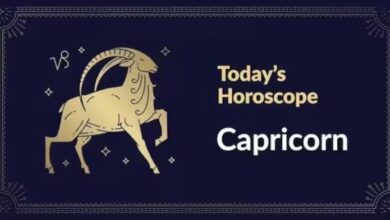On Day 4 of the literary festival, Amritsar’s legacy and music were explored
For its people, particularly the younger ones, Amritsar’s rich architectural legacy requires no introduction. Experts from the Indian National Trust for Art and Cultural Heritage (INTACH) made these remarks during the current Amritsar Literature Festival at Khalsa College during a special session called “Sifti Da Ghar” on the history and legacy of the city.

Major General Balwinder Singh, state chairperson of INTACH Punjab, Dr. Sarabjit Singh Mann, Dr. Prem Maan, an economist, and Gagandeep Singh were among the panelists. They gave a quick overview of the background and significance of some of Punjab’s most famous architectural wonders to the audience.
“Amritsar has an abundance of both physical and intangible cultural treasures. Sri Durgiana Temple, Sri Valmiki Temple, and Sri Harmandir Sahib, which preaches universality, attest to the location’s ancient history. The sundial in the Golden Temple’s courtyard demonstrates our commitment to science. According to Major General Balwinder Singh, the editing of the Guru Granth Sahib demonstrates the depth and excellence of our literary heritage.
“Gurbaksh Singh Preetlari and Dhani Ram Chatrik are the symbols of our modern consciousness,” he said. During our liberation movement, Madan Lal Dhingra, Udham Singh, and Sohan Singh Bhakna were the heroes.
Dr. Mehal Singh, principal of Khalsa College, said that Darbar Sahib, whose foundation stone was placed by a fakir from a different religion, embodies the architectural grandeur of Amritsar’s past.
This college’s name also alludes to its rich architectural past. Its bricks’ crimson color is a representation of blood flowing through the human body. The college was also known as Dua Khana, Dawa Khana, and Gyan Khana when it was first founded. This indicates that the dispensary, Gurdwara Sahib, and the college were all founded at the same time as Khalsa College, according to the principal.
“The college was founded on the location of Sri Guru Hargobind Sahib’s first battle with the Mughals, and the rooms are designed so that they are warm in the winter and cool in the summer,” he said. In a different session titled “Zindagi di baat paaide kahani,” storyteller Waryam Singh Sandhu discussed how Punjabi tales relate to human sensitivities.
He declared: “Humanity was lost during the 1947 division.” Even when a fine guy turned into a beast, some individuals managed to save mankind from humiliation. He said that emotions suppressed by outside events would often surface and used his own and Mahinder Singh Sarna’s tales as examples.
A presentation called “Kabar jindhi di jeeve hu” was organized in honor of Kavishar Joga Singh Jogi. The audience was treated to the charms of Kavishari, a kind of poetry spoken to music.







